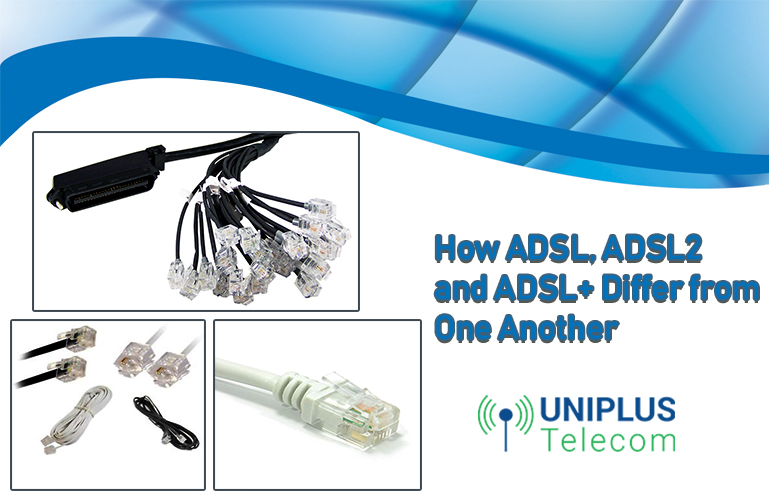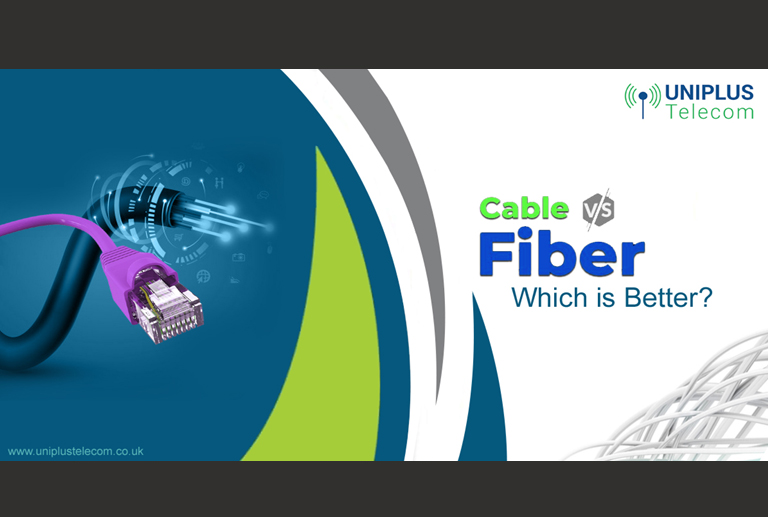After resolving to get broadband for your business, one is more likely to make rounds in for various providers in pursuit of the telecom company which would offer better and more affordable plans. Generally, traditional broadband or ADSL, which involves copper wire, is the obvious choice unless one is ready to shell out more money for fibre broadband. However, here comes the dilemma. There are three versions to choose from – ADSL, ADSL2 and ADSL2+ – all three versions offer different speeds. Detailed information about these broadband connections is given below. ADSL ADSL, which is also known as ADSL1, is the basic and commonest type of broadband internet available for personal use as well as for business purposes. The interesting thing about ADSL is that it packs four different speeds within a single connection. While the first three speeds constitute standard speed ranging between 256kbps/64kbps to 1,500 kbps/256kbps, the premium speed goes up to 8,192 kbps/384 kbps. The first speed is the upload speed, whereas the second one is the download speed. ADSL2 ADSL2, as the name suggests, is the advanced version of ADSL. In other words, it is the faster form of ADSL with speeds up to 12 mbps or 12,000 kbps. Generally, businesses opt for this form of ADSL connection as the faster speed comes in handy in performing business activities with convenience and ease. ADSL2+ ADSL2+is, by far, the fastest form of ADSL connection available till date. Surprisingly, it is much cheaper than the traditional ADSL. The underlying reason for this is the tough competition among providers to capture the competitive market for the advanced category of broadband connection. This variety of internet connectivity is popular among users for the attributes of being fast and cheap. Due to these attributes, a number of computers can be connected to another in a single network without any hassle. There is a difference between the modem for ADSL and ADSL2+ connections. To reap the benefits of the latter, it is imperative to ensure that a compatible modem is used with it. Furthermore, you also need to keep an eye out for the usage fees as some providers have a habit of charging excess usage fees. Final Thoughts In terms of connection, all the three classes of broadband connections share more or less the same kind of technology. However, one of the highlights, which marks a line of distinction among these three, is the difference in their speeds when compared with one another. The other notable feature, which binds them together, is that these technologies rely on a telephone line. That is to say, a user is required to subscribe to a telephone line connection in order to access the internet using these technologies. When you draw a comparison by taking into account the features that all the three of them bring to the table, it seems more sensible to go for an ADSL2+ connection. However, at the same time, the only catch is that you should also make sure that it is supplied by a reliable telecom company in the area in which you are currently residing.

How ADSL, ADSL2 and ADSL+ Differ from One Another
- by : Rachel Green
- Category : Telecom Company,
09
Apr


